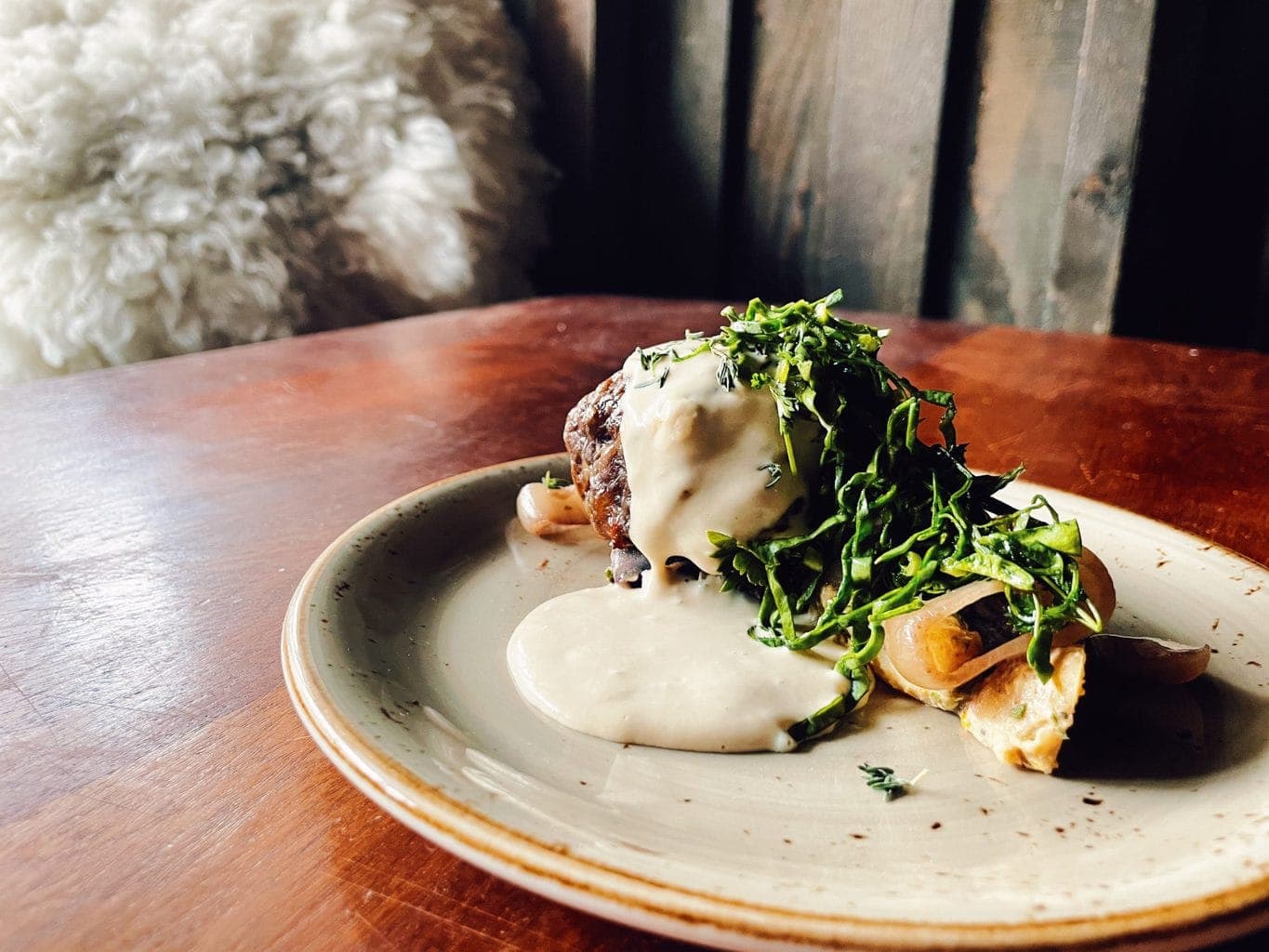
The Black Cat farm booth at the Boulder Farmers’ Market included the following produce on October 5, 2013:
- Arugula
- Asian stir fry mix
- Beets
- Baby bok choy
- Braising mix
- Butter lettuce
- Cardoons
- Carrots
- Celery
- Fennel
- Green beans
- Green bell peppers
- Kale mix
- Kale (Russian)
- Leeks
- Lettuce mix
- Mesclun mix of baby lettuces
- Mizuna
- Mustard green mix
- Pak Choi
- Perpetual spinach
- Rapini, purple
- Red lettuce mix
- Storage onions, loose and in 3-pound bags
- Swiss chard-green
- Tatsoi
- Tomatoes
- Turnips (Hakurei, Hinona Kabu)
Non-produce items available consisted of chicken eggs, pork terrine, and Mulefoot pork cuts.
Departures and future arrivals
This was the last market of the year for green beans. The newcomers for the next market on October 12 are Jerusalem artichokes and cabbages (back for a brief return engagement).
New to the market
This week brought two new vegetables to the Black Cat farm booth: Cardoons and the Hinona Kabu turnip, a Japanese turnip variety.
The cardoon is also known as the artichoke thistle, cardone, cardoni, carduni, and Cardi. It is the uncultivated or wild variety of the same species as the globe artichoke. Unlike artichokes, where the flower and stems are edible, the long and spiny stalks of the cardoon plant are edible.You must prepare the stalks before you can eat or cook with them.
The Hinoa Kabu radish has a long and slender white root with a purple shoulder blending into the body. Reminiscent of a radish, it is a crisp and has a mild yet slightly spicy taste. Use them in the same way that you would any radish or turnip. Eric mentioned slicing them thin and including them in a beef carpaccio dish for the Black Cat Farm-Table-Bistro.
You could eat them raw as we do at the farmers’ market booth or throw them in a salad. A simple classic French dish is to butter slices of French bread, place radish slices over the surface, and sprinkle salt on top.
Clotilde Dusoulier in her Chocolate and Zucchini blog (http://chocolateandzucchini.com) offers a variation that you might want to try. Place mashed avocado and radish slices on the bread and then sprinkle smoked salt on top.
Cardoon preparation
When cooked, cardoons taste very similiar to artichokes. Once prepared, they can be used in the same way and dishes as artichokes.
For instance, after you prepare your cardoon stalks and chop the cooked pieces, you can dip them in melted butter. Or, you can dip pieces in tempura batter and have cardoon fries with aioli. Eric even mentions including it with butter and cheese in a cardoon dip for foodie Broncos or Avalanche game viewings.
To prepare cardoon stalks
Caution: Be careful how you handle the stalks. Avoid clutching the spiny sides.
1) Wash the cardoon stalks.
2) Use a paring knife to slice away the spiny sides of the stalks.
3) Use a vegetable peeler to remove the ribs. Rub a cut lemon over the cardoon surface to prevent it from browning.
4) Chop the stalks into pieces that you will fit into the pot that you will be using to boil the stalks.
5) Add water as well as a large squeeze of lemon juice and some salt into a pot. Place the pot on a burner and set the heat to high.
6) When the water is boiling, add the cardoon pieces.
7) When the pieces are tender (about an hour), turn off the heat and drain the cardoon pieces.
The cardoons are now ready for use. You can store the pieces in a container in the refrigerator for a week, or possibly longer.
